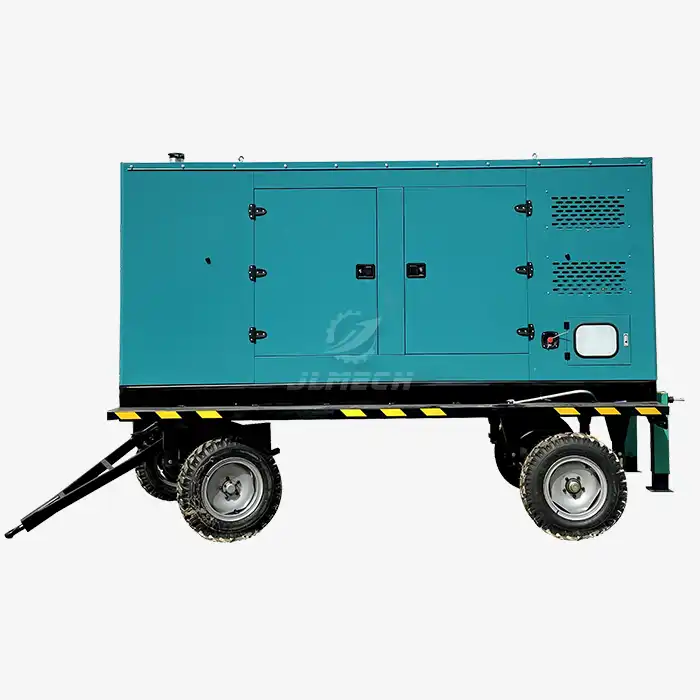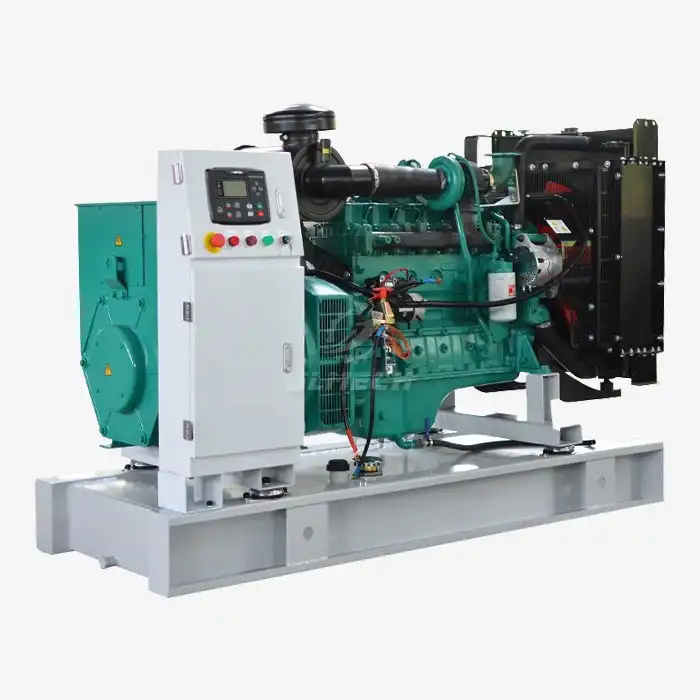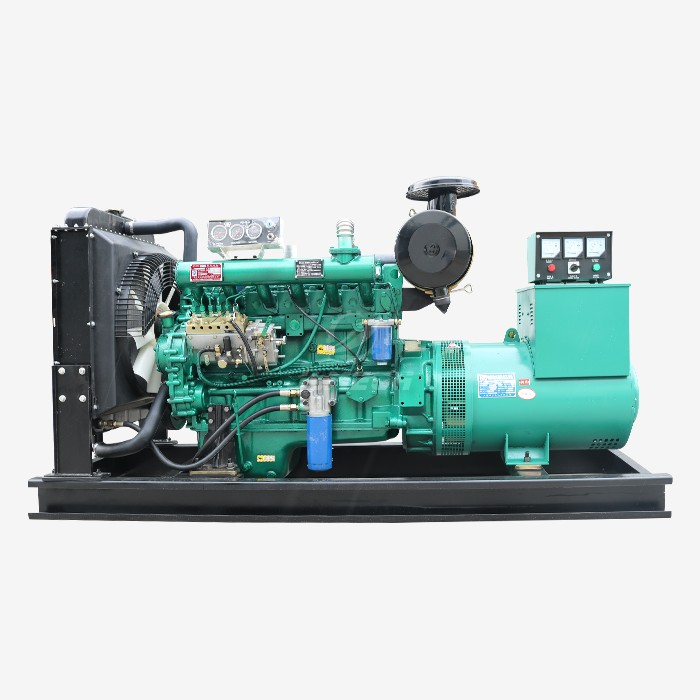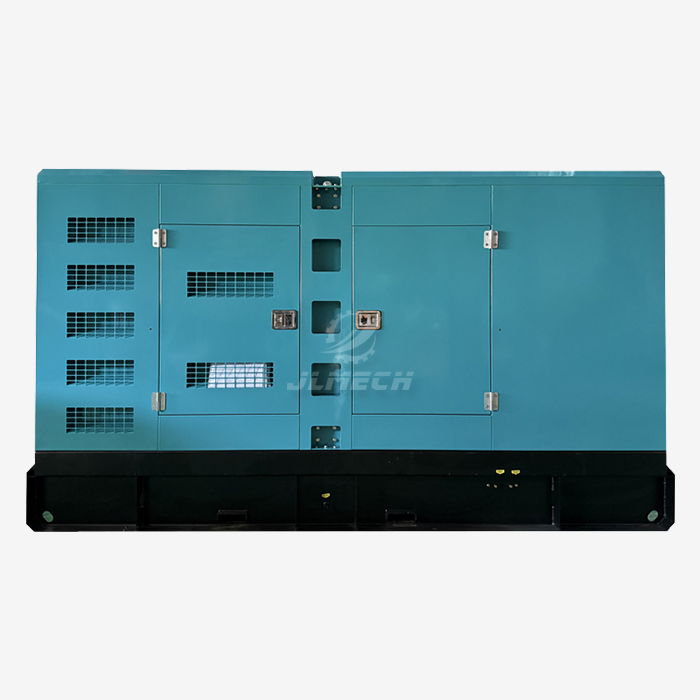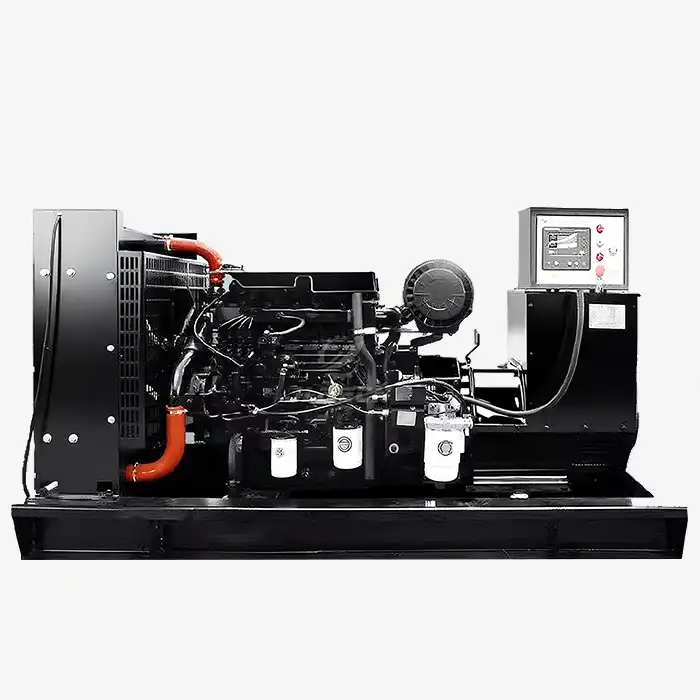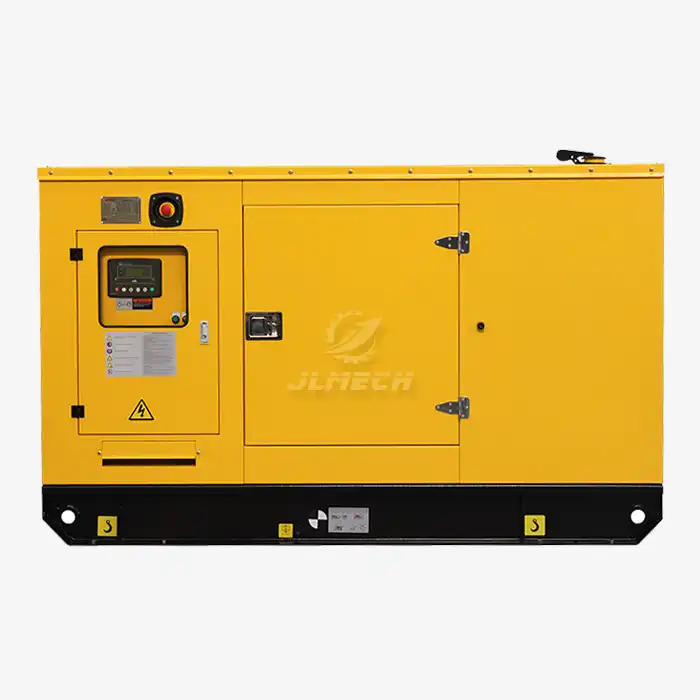U.S. EPA Diesel Emission Levels: What You Need to Know
For businesses and industries relying on diesel generators, understanding and complying with U.S. Environmental Protection Agency (EPA) standards is not just about legal compliance—it's a critical factor in operational planning, cost management, and environmental responsibility. The EPA Diesel Emission Level standards represent a comprehensive regulatory framework designed to significantly reduce harmful pollutants from diesel engines. These regulations have evolved through progressively stricter tiers, fundamentally changing how manufacturers design generators and how users operate them. Navigating these requirements is essential for anyone purchasing, operating, or maintaining diesel power equipment in today's regulated environment.

Understanding EPA Tier Standards
The EPA's approach to diesel emissions follows a phased implementation system known as "tiers," with each tier introducing stricter limits on major pollutants.
Progressive Implementation: The standards are structured in tiers (Tier 1 through Tier 4 Final), each becoming more stringent than the last. This phased approach gives manufacturers time to develop the necessary technologies while allowing industries to adapt.
Final Tier 4 (FT4): This is the current strictest standard for non-road diesel engines, which includes generator sets. It mandates the most significant reductions in nitrogen oxides (NOx) and particulate matter (PM).
Global Context: While the U.S. employs the EPA Tier system, other regions like the European Union use similar staged standards (Stage I-V). Understanding the EPA Diesel Emission Level requirements is crucial for compliance in the U.S. market and for comparing global standards .
Key Pollutants and Limits
The EPA standards specifically target a range of harmful emissions from diesel combustion. Key pollutants regulated under the EPA Diesel Emission Level requirements include:
Nitrogen Oxides (NOx): These are formed during high-temperature combustion and contribute to smog and acid rain. The Final Tier 4 standard sets a limit for NOx at 1.8 g/kWh for generator engines .
Particulate Matter (PM): This consists of soot and other tiny particles that can cause respiratory problems. The PM limit under Final Tier 4 is 0.02 g/kWh, a drastic reduction from previous tiers .
Other Regulated Pollutants: The standards also limit:
Carbon Monoxide (CO): A toxic product of incomplete combustion .
Hydrocarbons (HC): Unburned fuel components that contribute to ozone formation .
Technology Solutions for Compliance
Meeting the stringent Final Tier 4 standards requires a combination of advanced engine management and sophisticated exhaust aftertreatment technologies. Manufacturers often adopt integrated technology paths to meet the EPA Diesel Emission Level mandates.
Exhaust Gas Recirculation (EGR): This technology recirculates a portion of exhaust gases back into the engine's cylinders to lower combustion temperatures, which reduces the formation of NOx .
Diesel Particulate Filter (DPF): A DPF physically traps particulate matter from the exhaust stream. The collected soot is periodically burned off in a process called "regeneration" .
Selective Catalytic Reduction (SCR): This system injects a Diesel Exhaust Fluid (DEF, a urea solution) into the exhaust stream. A chemical reaction in the SCR catalyst converts NOx into harmless nitrogen and water .
Diesel Oxidation Catalyst (DOC): This component uses a catalyst to convert carbon monoxide (CO) and hydrocarbons (HC) into carbon dioxide and water .
Manufacturers typically combine these technologies based on engine power and application. For example, a common approach for many generator sets is the use of an SCR system to control NOx, often combined with a DOC .
Impact on Generator Design & Operation
Complying with EPA Tier 4 has fundamentally changed generator design and has practical implications for users.
Increased System Complexity: Integrating DPF, SCR, and advanced electronic controls makes modern generators more complex than their predecessors .
Space and Installation Requirements: Aftertreatment systems are physically larger, requiring more space for installation and sometimes necessitating chassis modifications .
Operational Changes (DEF Usage): Operators of generators with SCR systems must now manage Diesel Exhaust Fluid (DEF), a consumable fluid that is typically refilled in a separate tank. DEF consumption is approximately 4-6% of fuel consumption .
Higher Initial Cost: The advanced technology required for compliance contributes to a higher initial purchase price for Tier 4 Final generators .
Maintenance and Compliance
Proper maintenance is no longer just about reliability—it's essential for continuous emissions compliance.
DPF Maintenance: DPFs require periodic cleaning to remove accumulated ash (a non-combustible byproduct). Using low-ash engine oil (ACEA E9 standard) is crucial to extend DPF service intervals .
SCR System Care: The SCR system requires attention to DEF quality. Using contaminated or poor-quality DEF can damage the sensitive catalyst. It is recommended to use DEF that conforms to the ISO 22241 standard .
Electronic System Monitoring: Modern generators are equipped with sophisticated Engine Control Modules (ECMs) that monitor the EPA Diesel Emission Level control systems. Staying updated with ECM software upgrades is vital for optimal performance and compliance .
Choosing the Right Generator
Selecting a compliant generator involves more than just checking a Tier 4 label.
Verify Compliance: Ensure the generator set is explicitly certified to meet U.S. EPA Tier 4 Final standards for its specific power rating and application.
Consider Operational Costs: Factor in the ongoing cost of DEF for SCR-equipped units and potential maintenance for aftertreatment systems.
Evaluate Application Needs: The operational cycle (e.g., continuous vs. standby power) can influence the choice of technology and its associated maintenance schedule.
Plan for Support: Choose a manufacturer or distributor with a strong support network that can provide expertise and parts for the complex emission control systems.
Conclusion
Navigating the EPA Diesel Emission Level landscape is essential for making informed decisions about diesel generator purchases and operations. While these standards have introduced new complexities and costs, they represent a necessary step toward reducing environmental impact. By understanding the regulations, technologies, and maintenance requirements, you can ensure reliable, compliant, and efficient power for your operations.
Our team of experts is here to help you select the right EPA-compliant generator solution for your specific needs. Contact us at skala@whjlmech.com for personalized assistance.
References
Johnson, M. (2022). Emergency Power Systems: A Comprehensive Guide to High-Speed Diesel Generators. Power Engineering Quarterly, 45(3), 78-92.



